
Ants are among the world’s most successful animals.
With more than 13,000 known species to date (and thousands more still to be discovered), ants are found on every landmass except Antarctica.
There are an estimated one quadrillion (that’s 1,000,000,000,000,000!) ants on the planet – or the equivalent of 1 million ants for every human being.
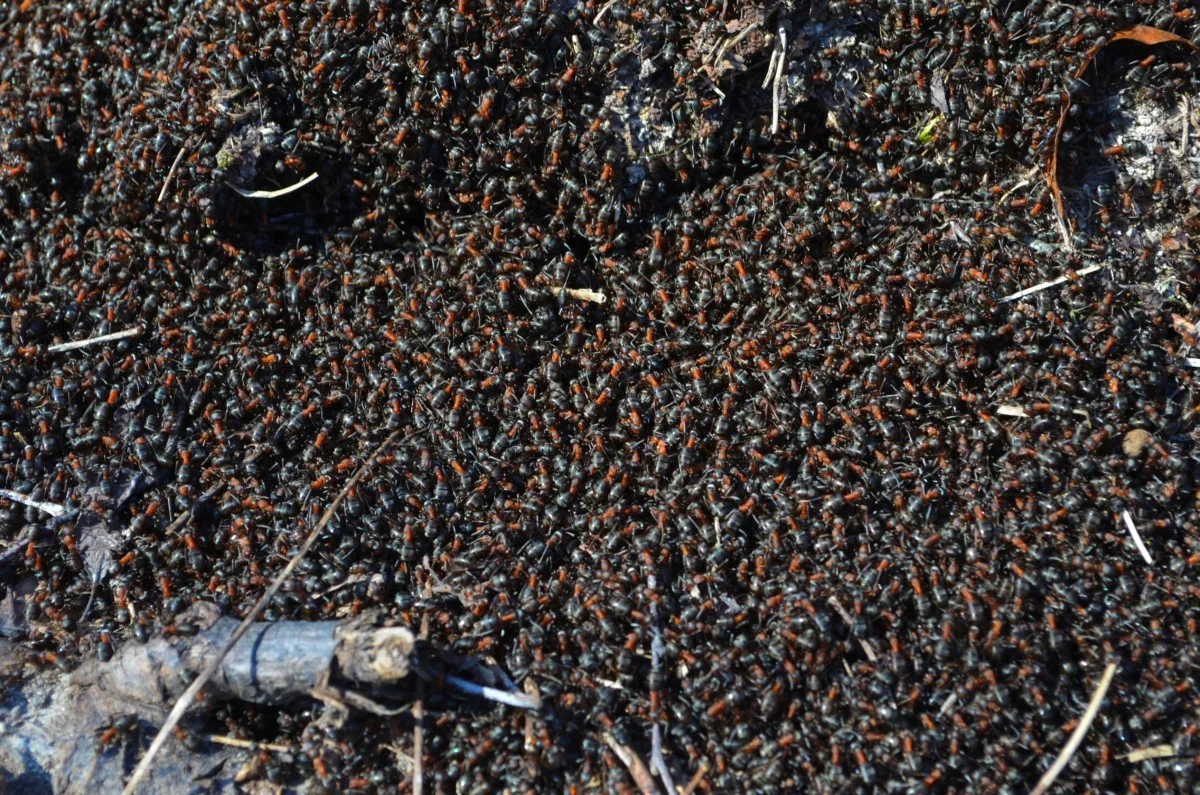
The evolutionary descendants of stinging wasps, ants first appeared in the fossil record some 80 million years ago. These small, six-legged insects are certainly survivors, persevering through the extinction event that wiped out the dinosaurs.
Ants are an ancient species, known for their remarkable adaptability, resourcefulness, organization, cooperation, and efficiency.
Much of the ant’s success is attributed to their highly social nature, living together in complex societies, as of a singular mind.
Ants are Ecosystem Engineers
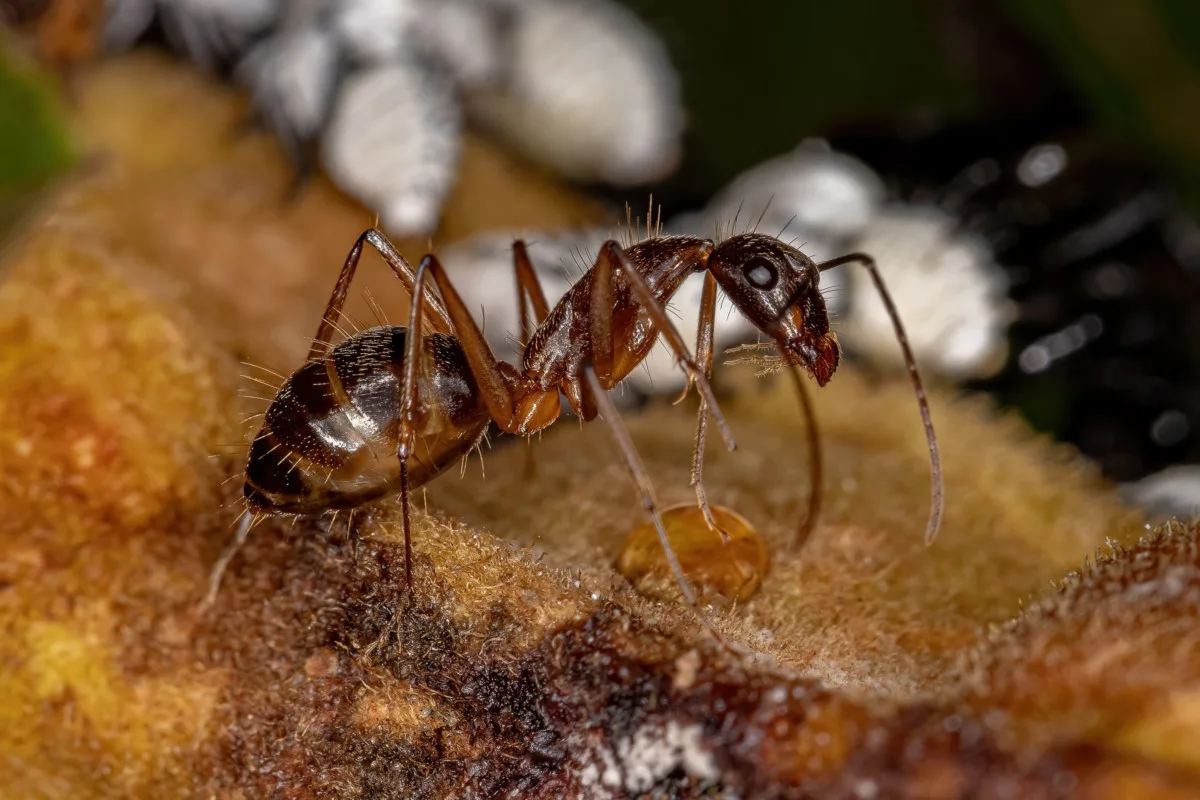
Ants are one of those beneficial insects that are largely unappreciated for all the good works they do.
Before we delve into how to rid ourselves of them, let’s take a moment to reflect on ants as the faithful allies they are in the garden and the dramatic effect they have on the local ecosystem.
Ants Prey on Garden Pests
Where ants lack in size, they make up for in numbers. Have you ever watched a flurry of ants overpowering a bug much larger than themselves?
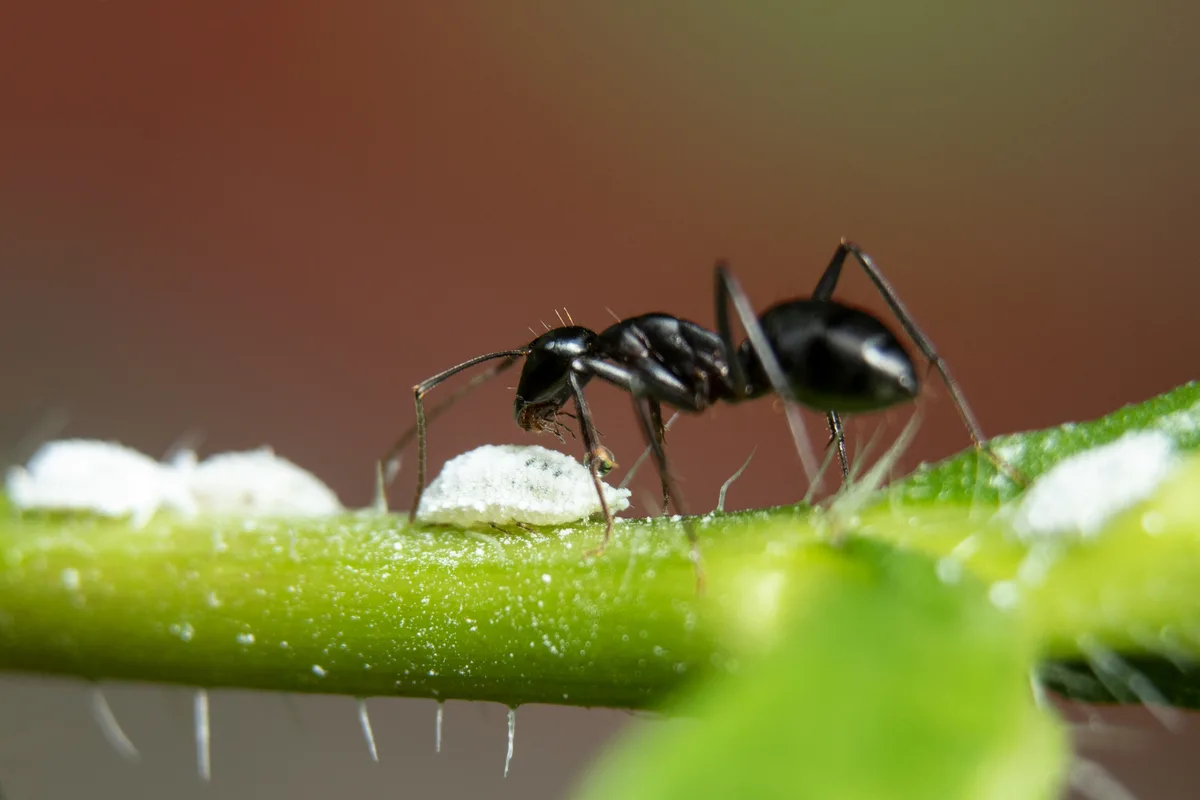
A swarm of ants is definitely a force to be reckoned with. When ants work together, they are among the leading predators of soft-bodied insects like grubs, scale, whiteflies, mealybugs, and cutworms.
Ants Help Fertilize the Soil
Ants also keep the ecosystem clean. Like nature’s cleaning crew, ants carry bits of animal carcasses and plant debris from the surface down into their underground lair.
Along the way, tidbits dropped or left behind will break down and increase the fertility of the soil.
Ants Improve Soil Tilth
When ants build their nests and create vast underground networks and tunnels, they move around a lot of earth – nearly as much as earthworms.
This has the effect of aerating the soil, providing better drainage and air movement for plant roots and soil microbes to flourish.
Ants Pollinate Plants and Disperse their Seeds
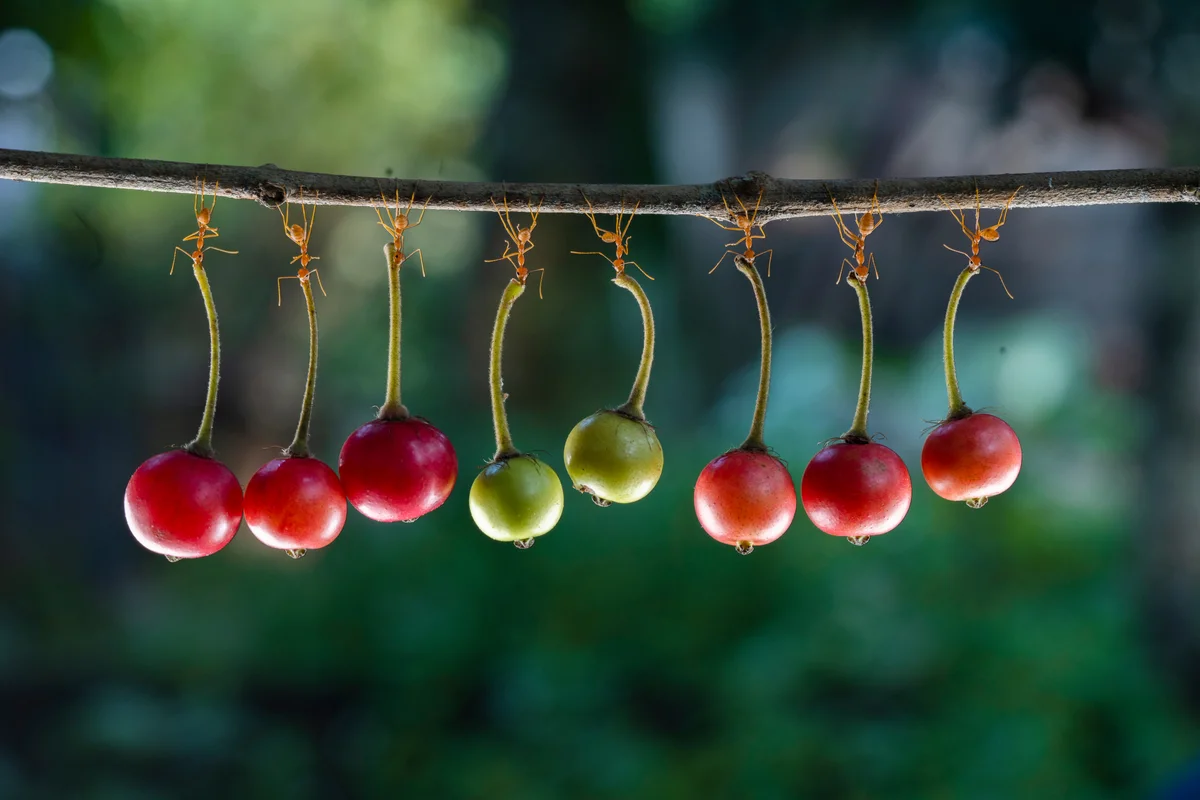
And lastly, plants love ants.
Co-evolving together over millions and millions of years, ants and plants have developed a mutually beneficial relationship. Most ants won’t eat or otherwise damage plant life, and their scurrying to and fro over plant foliage helps with pollination.
Many plants rely on ants to disperse their seeds. They do so by producing a nutritious outer coating on the seed casing, called the elaiosome. Ants are attracted to the scent and carry the seed back to the colony where they feed on this layer. Once the elaiosome is picked clean, the rest of the seed is left to germinate below ground.
Amazingly, about 30% of understory plants in the forests of North America are seeded by ants. By carrying wildflower and herbaceous plant seeds far and wide, ants help restore habitats and keep the plant life in our forests abundant and diverse.
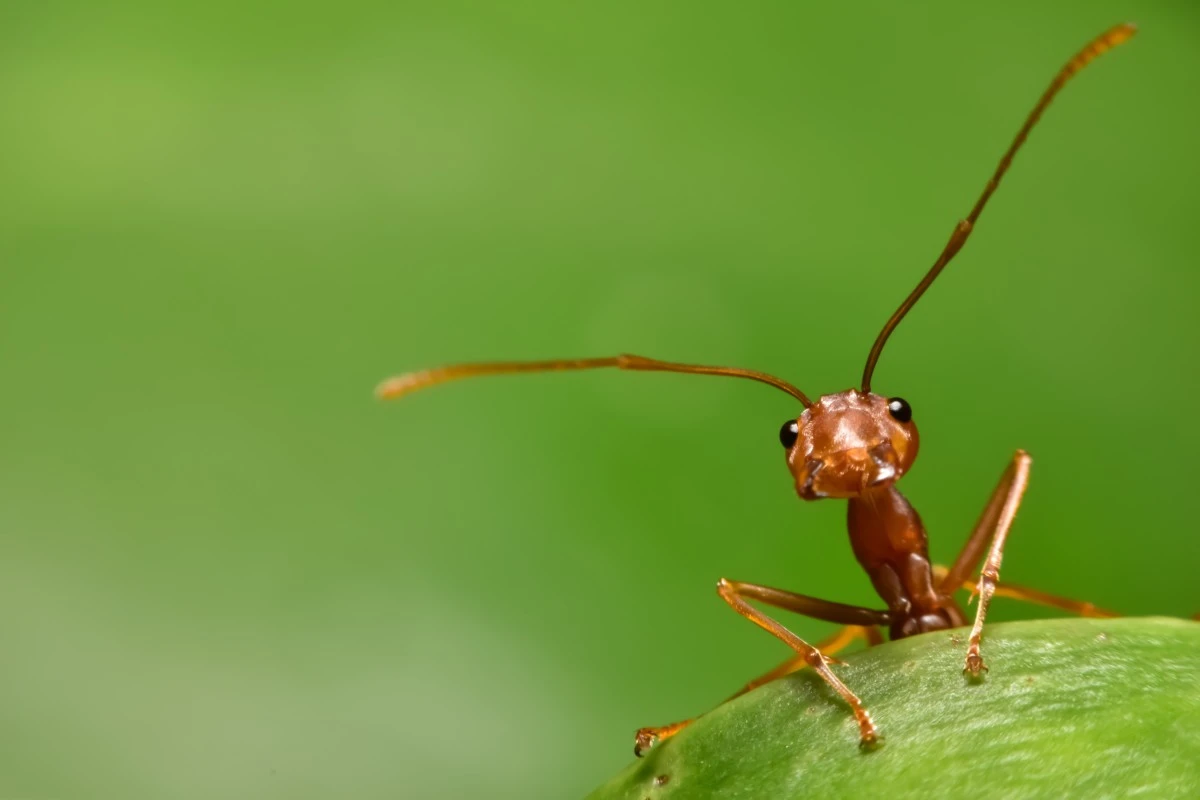
8 Ways to Manage Ants in the House
For the most part, ants are great to have in the garden. But nobody’s perfect.
Some species – like fire ants – will deliver painful stings anytime their nest is disturbed. Having ants crawling all over your peonies and other blooms can make the entire flowerbed unsightly. Carpenter ants will hollow out moist and rotting wood, making their nests out of decks, sheds, and wood piles. Ants also have a well-deserved reputation for ruining a perfectly good picnic.
And as soon as ants cross the threshold into your house, they very quickly go from friend to foe.
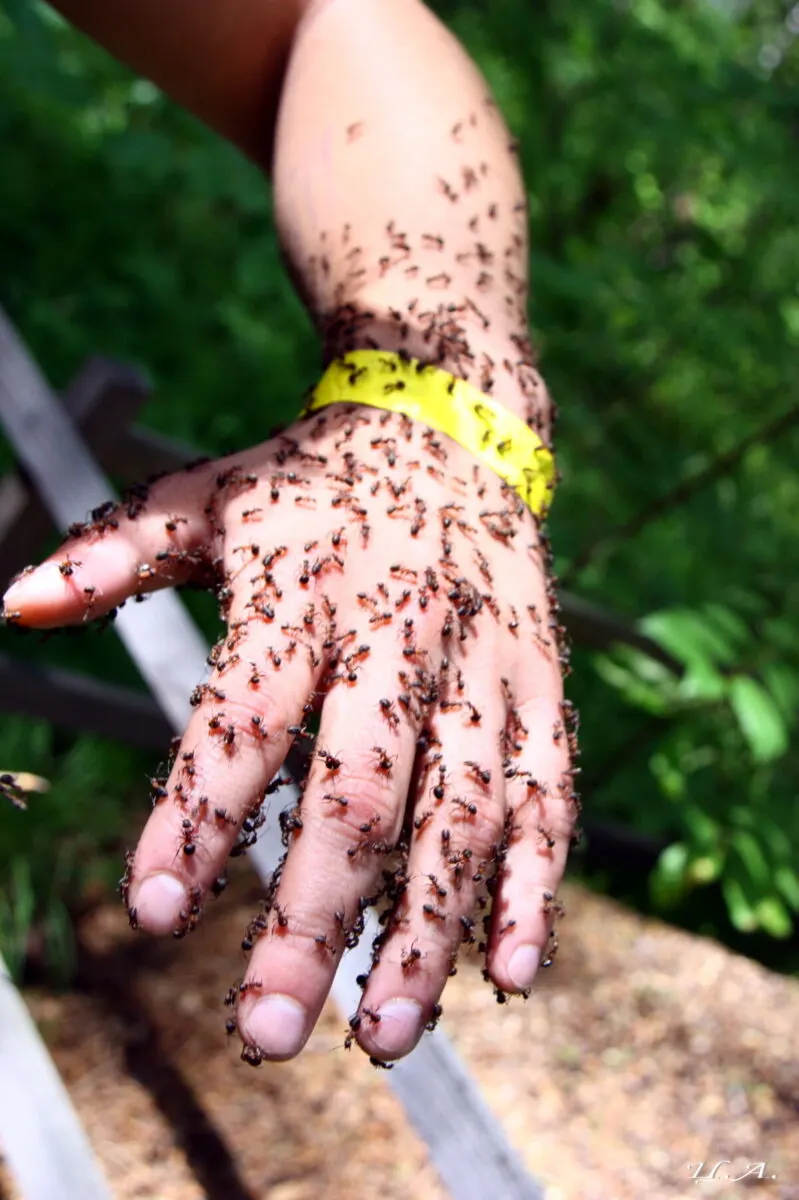
Most ants that enter the home are harmless scavengers in search of food and water. Keep them outside where they belong by making your house as unappealing to ants as possible.
1. Cut Off the Food Source
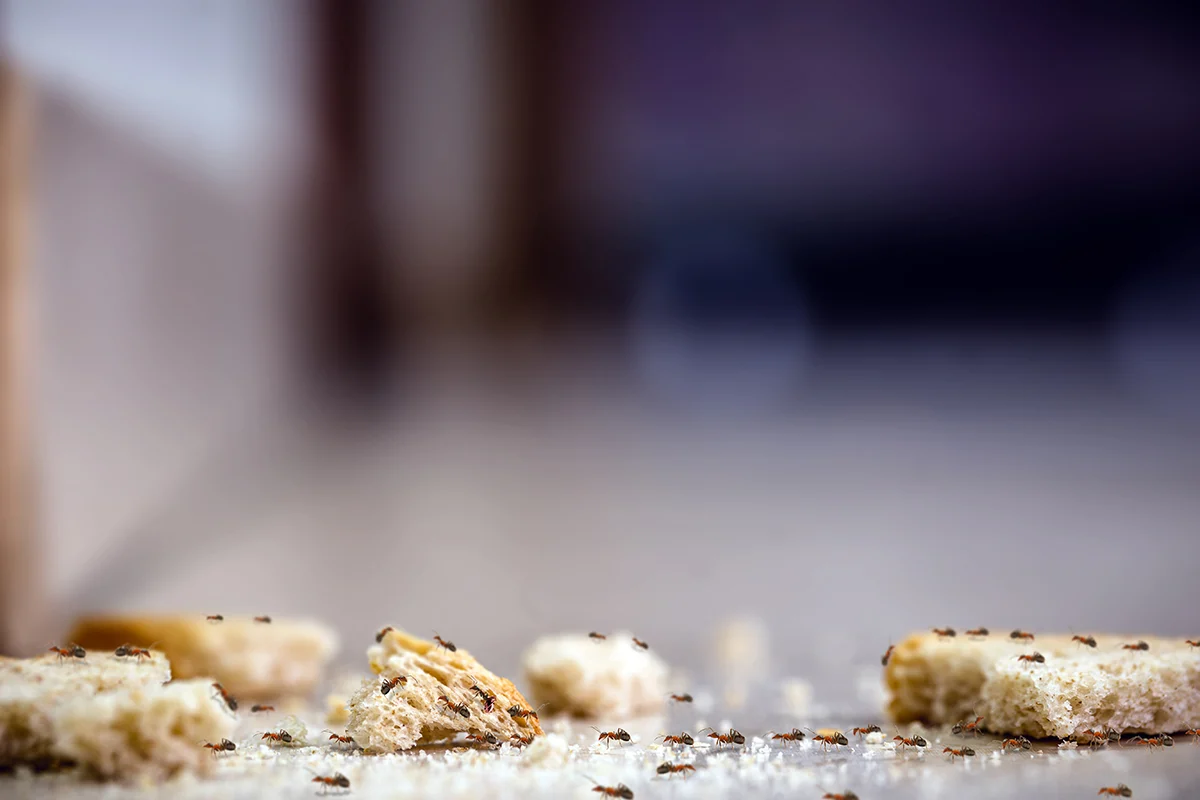
The only reason ants have ventured into your home is because they have discovered a bountiful source of food.
Ants have an incredible sense of smell that can detect the tiniest of morsels. Crumbs, spills, oils, grease, and various pantry items will entice an army of ants.
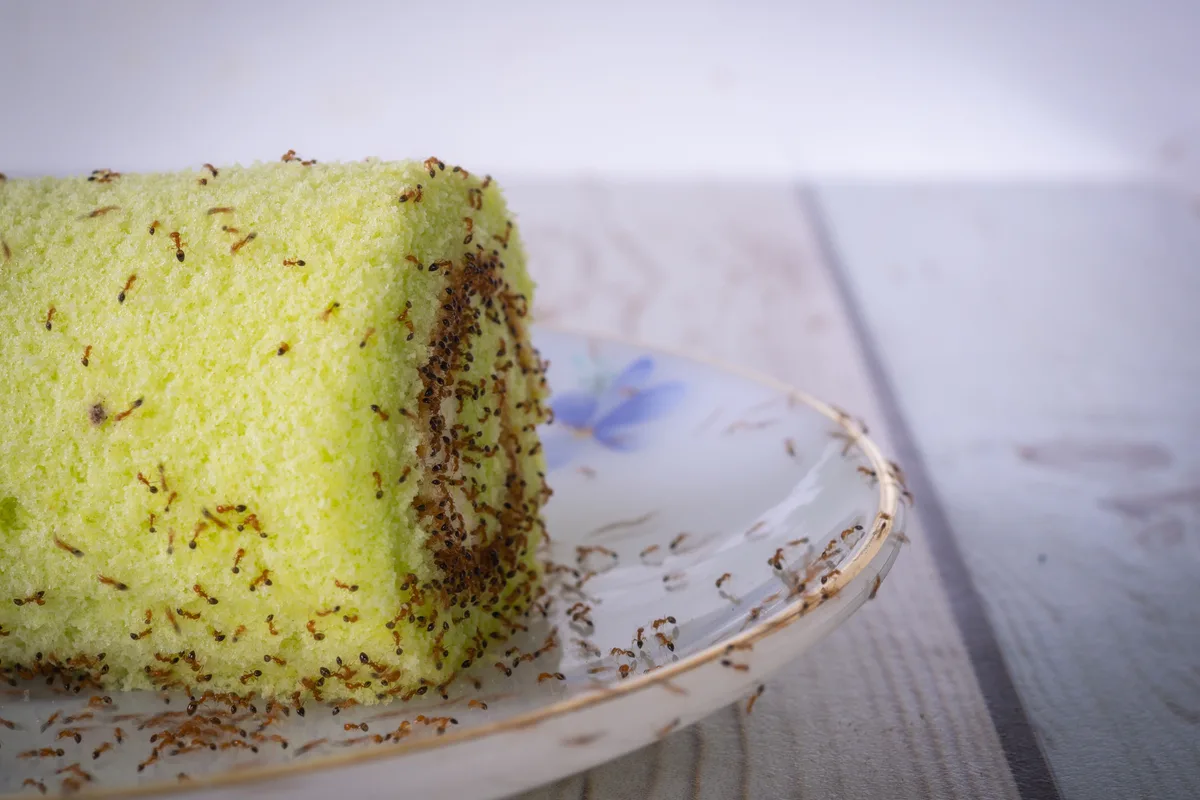
Although ants are opportunistic omnivores, they are most attracted to sweet, oily, and starchy things – sugar, honey, soda, overripe fruit, syrup, peanut butter, junk food, and the like.
Remove their food sources and ants will feel no need to invade your cupboards and countertops.
Pantry foods that came packaged in cardboard or thin plastic should be sealed up in ant-proof containers. Glass jars, coffee tins, or another thick and sturdy container with a lid will ensure the items inside can’t be plundered.
Don’t leave dishes splattered with food in the sink – wash your cookware, plates, and utensils as soon as you’re done using them. Pick up food bowls when your pet is finished eating.
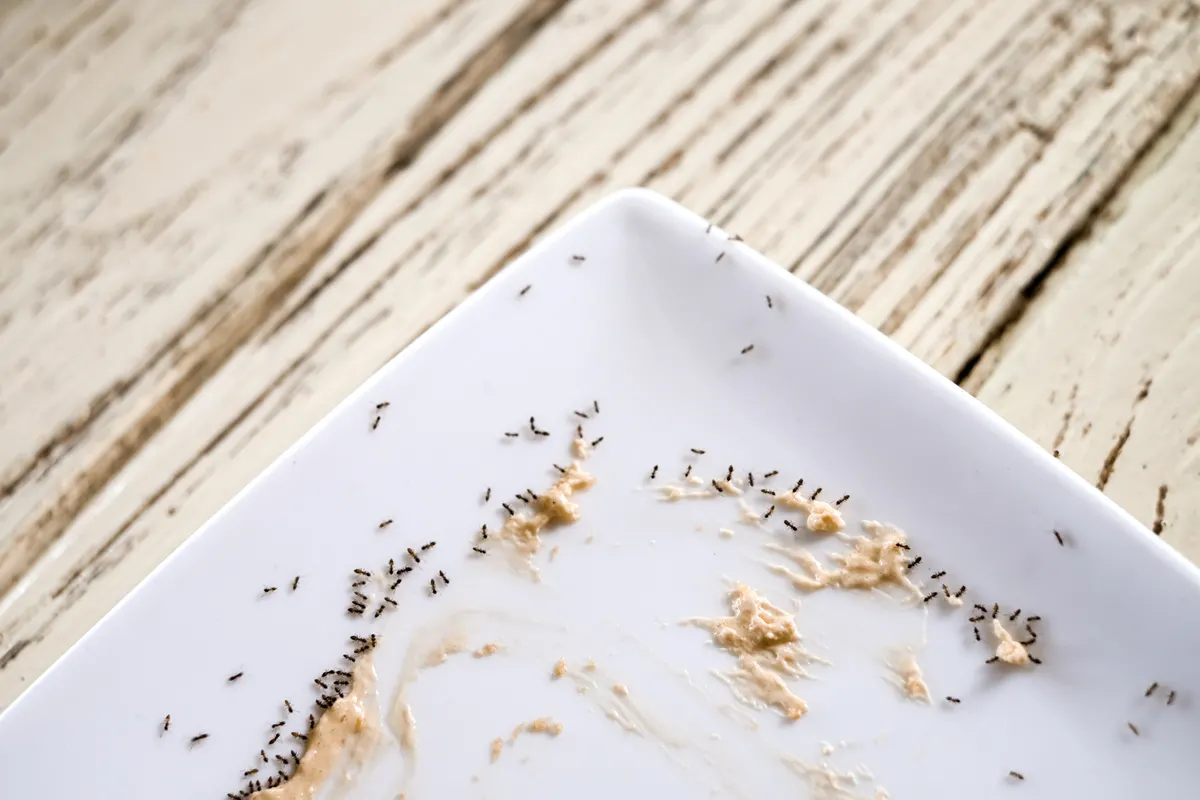
Keep all surfaces clean and free of food crumbs. Pay special attention to areas where food is prepared and eaten. Wipe down all tabletops and counters with diluted vinegar. Give the garbage cans a wash too.
Vacuum and mop the floors, making sure to pull out appliances to reach the awkward spots. Plenty of forgotten bits of food can accumulate under and around the stove and fridge. Don’t forget to scrub microwaves and toasters as well.
2. Do a Deep Clean to Remove Ant Trails

To locate a fresh supply of grub, solitary ant scouts are sent out to explore the wider world.
When they’ve found a good source of sustenance, scouts scurry back to the colony, leaving behind an invisible trail of pheromones that shows the horde the way.
These chemical tracks can be washed away with soapy water.
Thoroughly clean every spot you have seen them – the insides and outsides of cupboards, door thresholds, walls, and windows – to disrupt their ability to find their way inside.
3. Prune Around the Exterior
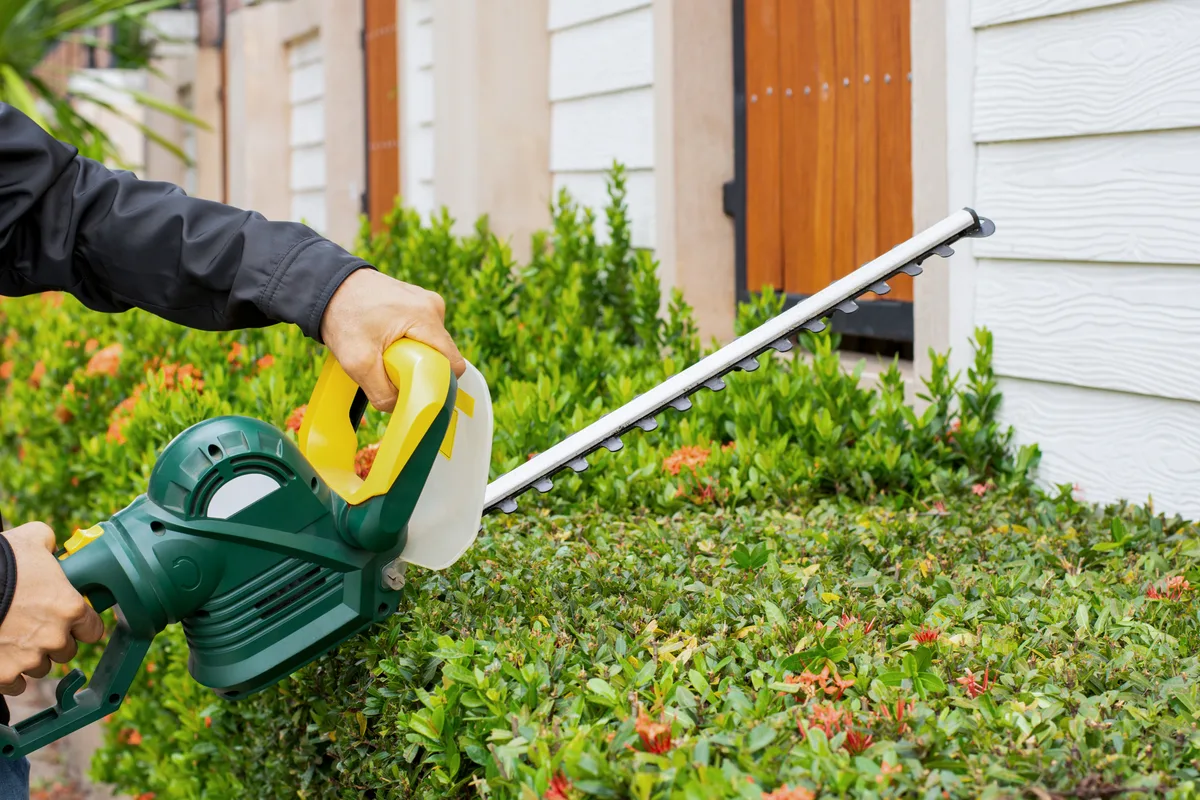
Don’t make your home any more accessible to ants than it needs to be by pruning back any shrubs and trees that are touching the exterior of your house.
Branches and foliage abutting the walls and roof will make their journey indoors all the easier.
Remember to leave a good-sized gap between plants and the façade – some ants are smart enough to traverse wide spaces by forming an ant bridge:
4. Caulk Up Cracks and Gaps

You can put a stop to the present problem, and avoid future ones, by eliminating as many ant entry points as you can.
Although ants can fit through the smallest of crevices, closing up any cracks, gaps, and holes you come across will minimize their raids and keep other creepy crawlies out as well.
Get out the caulking gun and seal small gaps around doors, windows, baseboards, plumbing, and radiators.
Walk around the exterior and look for other spots that ants could potentially exploit. Fill in any cracks you find in the walls and foundation. Add an extra seal around pipes and wiring that enter into the home from outside.
5. Use Herbal Deterrents
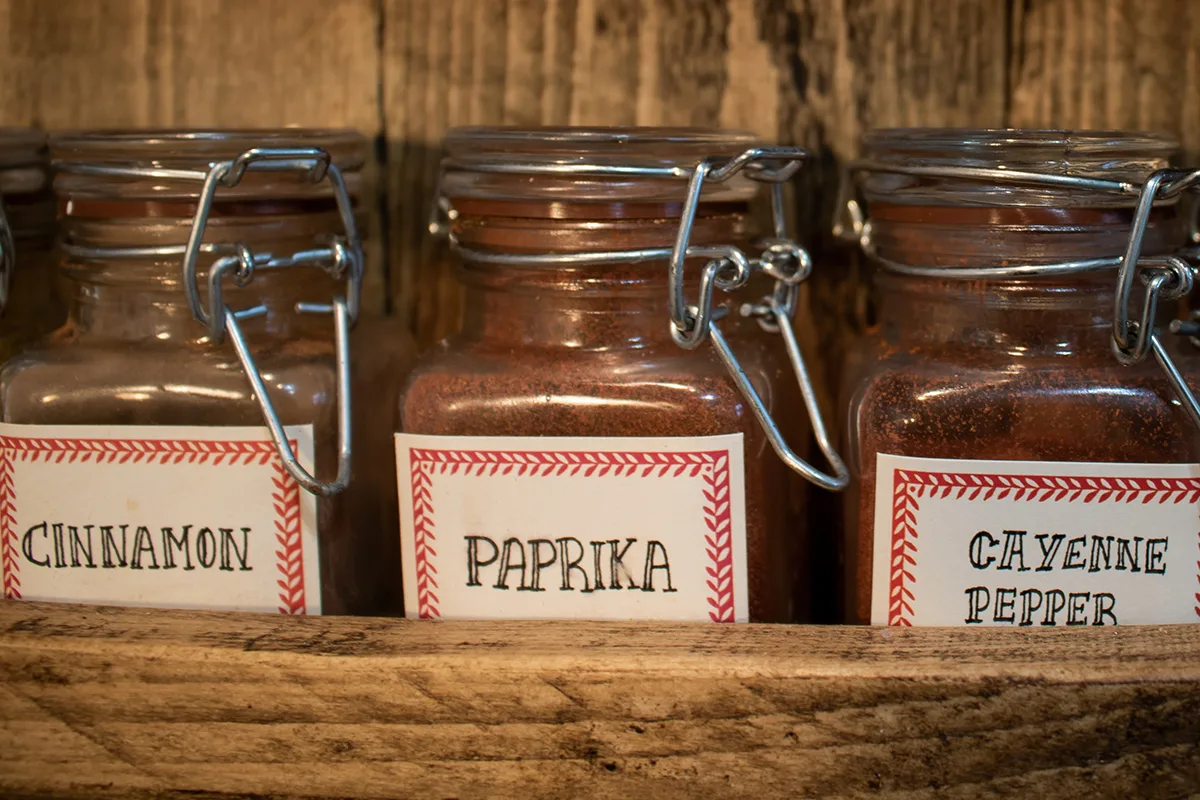
Ants zero in on the items in your pantry thanks to a highly sensitive sense of smell. But you can muddle up their ability to sniff out the goods with herbs from your spice rack.
Ants do not like the strong and pungent odor of these flavors:
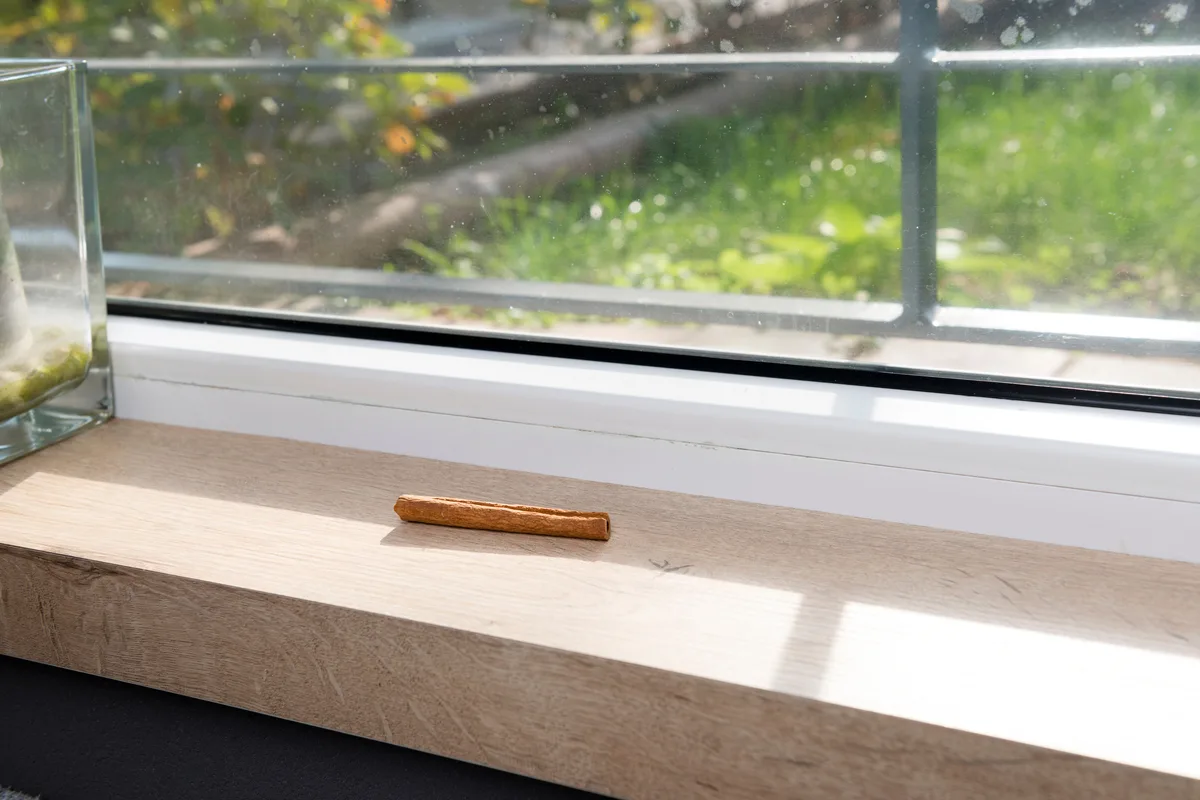
- Cinnamon
- Black pepper
- Cayenne pepper
- Peppermint
- Cloves
- Bay leaf
- Citrus peels
Sprinkle these herbs, fresh or dried, along pantry shelves, cabinets, drawers, and all other places you have seen ant activity.
6. Make a Physical Barrier with Chalk
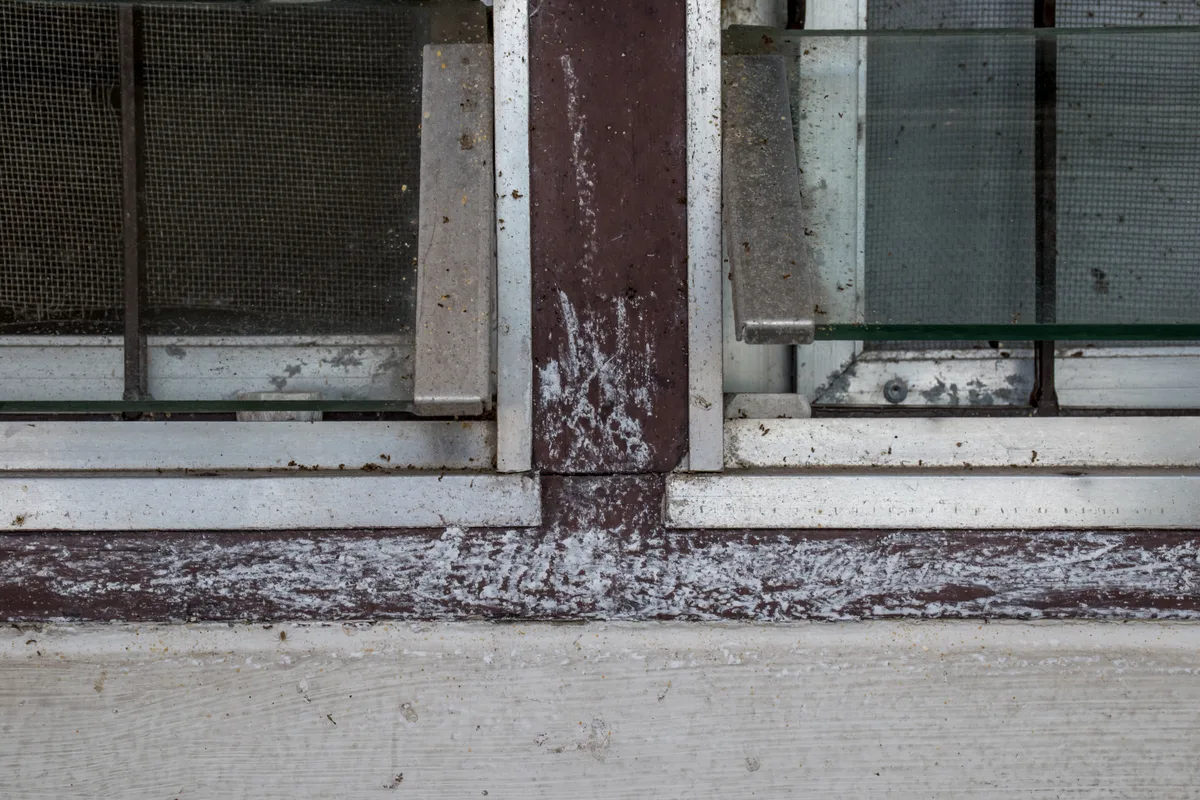
It is still something of a mystery why ants won’t cross a line of chalk.
Regular blackboard chalk and sidewalk chalk are made from a blend of calcium carbonate and gypsum. Though these minerals are non-toxic, chalk will stop a line of marching ants in their tracks.
Perhaps they don’t like the feel of chalk or it disrupts the pheromone trail, but drawing a line that intersects their path will certainly confuse them:
Draw lines of chalk in areas you suspect ants are entering the home. You’ll need to reapply the chalk every so often to keep up the protection.
7. Attract More Birds to Your Yard
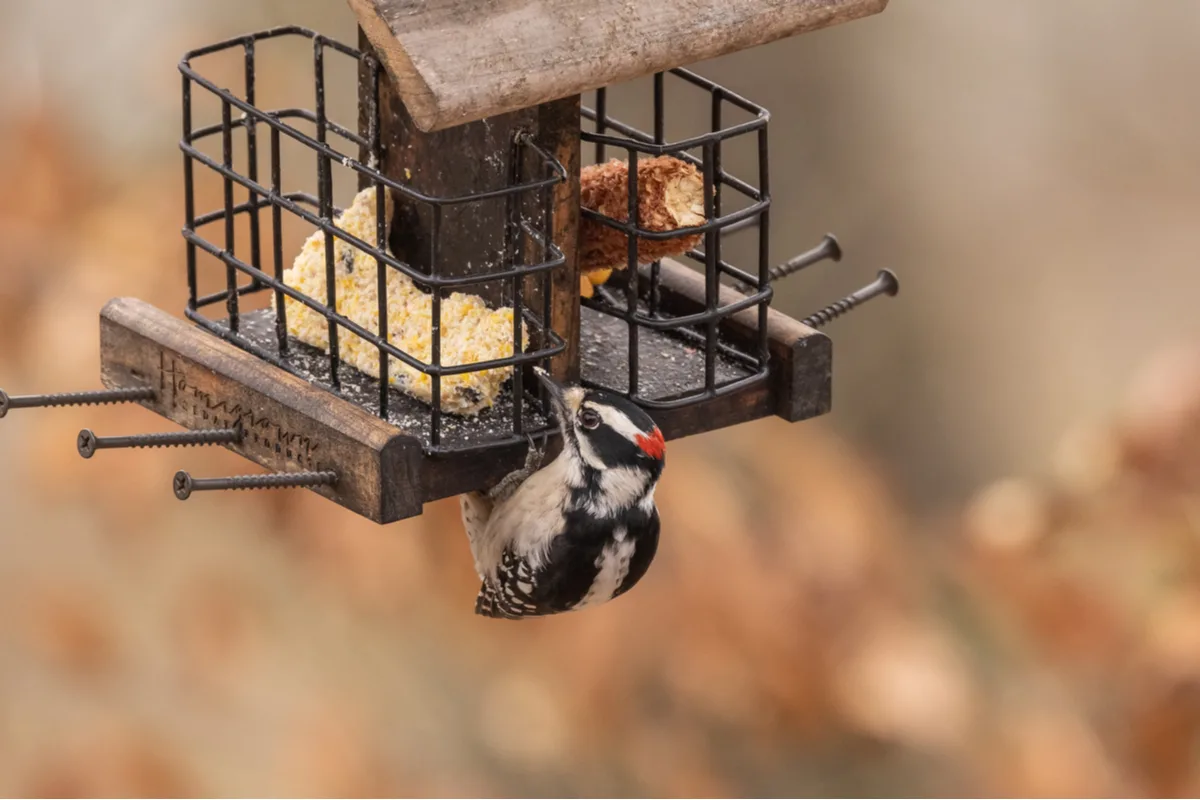
If ants in the house are a recurring theme every summer, encouraging more bird activity in the garden will help keep their overall populations in check.
Birds eat a lot of ants and are more than happy to spend the day foraging for ants and other insects. Woodpeckers, hummingbirds, starlings, and sparrows are particularly good at sussing out and devouring ants.
Some birds engage in a behavior known as anting, where they rub ants all over their feathers and skin. It is theorized that birds ant to groom their feathers, remove parasites, and prep their food. Regardless, loads of ants get gobbled up in the process.
Robins, mockingbirds, sparrows, crows, ravens, thrushes, blackbirds, and cedar waxwings are birds that have been observed anting.
Plant more trees, shrubs, and native flowers to encourage more avian visitors to your yard.
8. Mulch Gardens Around the Perimeter
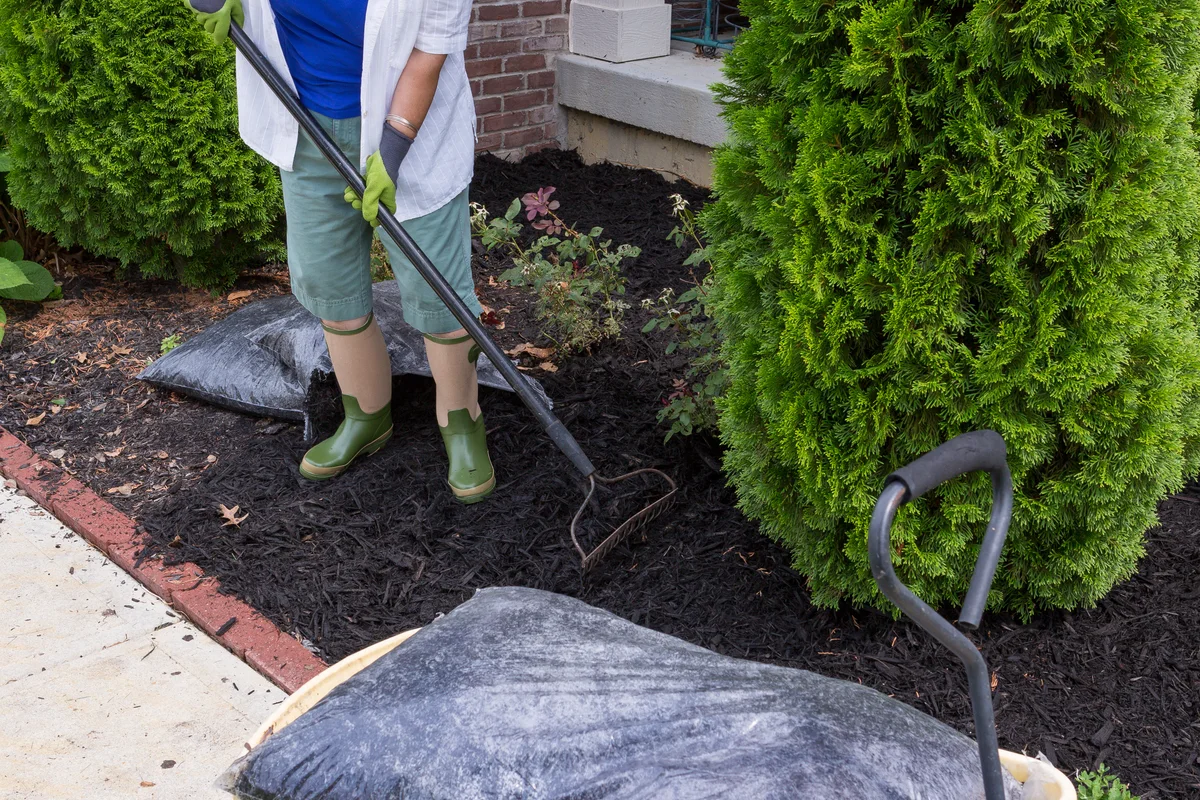
Another way to safeguard your home against an ant invasion is to add a barrier of mulch around the perimeter of your home.
Ants prefer habitats that are dry and low in organic matter. Moist and mulched gardens lining the exterior will dissuade them from advancing indoors.
Mulched garden beds will also be rife with predatory insects, adding another layer of defense against ants.
Spiders, butterflies, antlions, wasps, beetles, and several types of flies will hunt down any ant that crosses its path.

Get the famous Rural Sprout newsletter delivered to your inbox.
Including Sunday ramblings from our editor, Tracey, as well as “What’s Up Wednesday” our roundup of what’s in season and new article updates and alerts.


